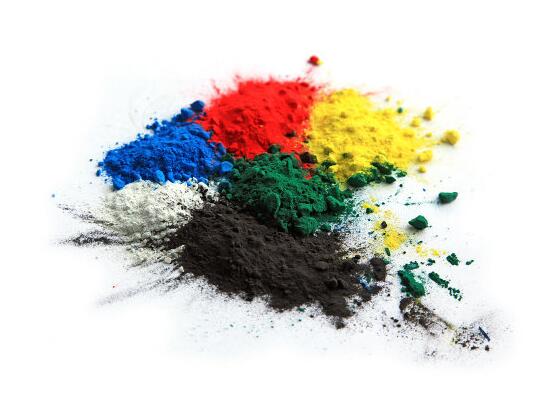The difference between pigments and dyes and the common properties of pigments
2020-11-11
Pigment is a fine, powdered, colored substance that is generally insoluble in water, oil, and solvents, but can be uniformly dispersed. Pigment is the secondary film-forming material of paint, in the process of wood decoration paint modulation primer, putty and wood coloring, but also often use pigments. An opaque paint has a certain color and hiding power because it is coated with a pigment. At the same time, the pigment can also enhance the durability of the film, weatherability, wear resistance and so on.
Unlike pigments, dyes are colored substances that are soluble in liquids such as water, alcohol, oil or other solvents. The dye solution penetrates into the wood and reacts with the Wood’s constituents (cellulose, Lignin and Hemicellulose) in a complex physical and chemical manner to stain the wood without forming a mold or texture, to give the wood a bright, firm color.
Pigments and dyes have color, they are different in that the dye can adhere to the Matrix, and pigment adhesion is very poor. Pigments are generally insoluble in water, also insoluble in organic solvents, in the use of time need to be fine after dispersion in the Matrix, and by other means fixed.

 English
English



